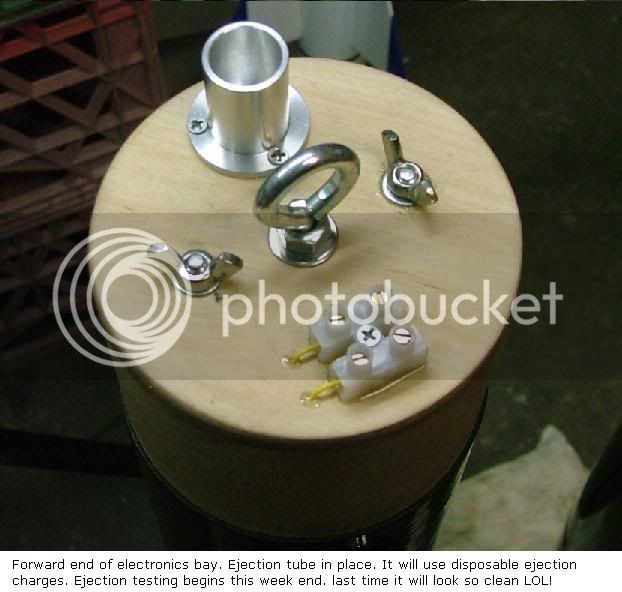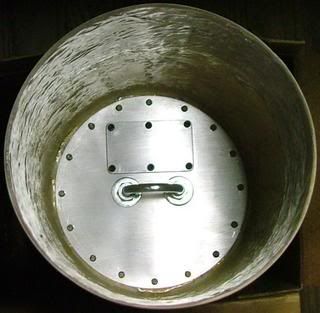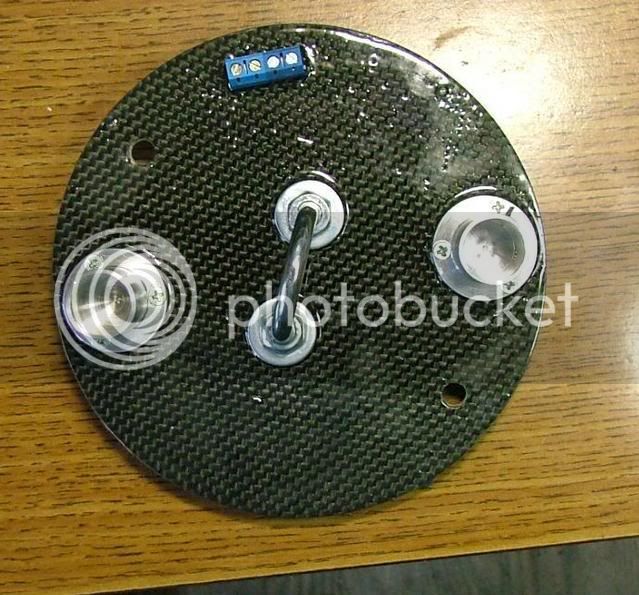Originally posted by bobkrech
You don't have redundant parachutes so why do you need redundant charges? Simply put an e-match from each altimeter in the pyrocharge. When the primary fires, the pyro goes, and if the primary fails, the pyro goes when the backup fires.
Bob
Excellent point, Bob. Hobby rocketeers do not run fully redundant systems. For that matter, NASA makes these same decisions. We hobbyists make lots of choices as to what things are likely to fail. Some we make redundant and some we decide to accept the risk.
The case Bob brings up is very interesting. Most of us decide that we distrust our avionics (or, more likely, our ability to engineer and operate the avionics system) and therefore put in a dual altimeter system. Typically that means running redundant initiating pyrotechnics.
The decision now is: do I trust my ability to implement a single containment vessel for the two e-matches that will not fail to activate?
I had this discussion with my L3 committee. They had seen flight failures that were attributed to failures of the ejection charge containment system. So I go with separate charges. Your decision may be different.
Some things that could cause a single deployment charge with multiple e-matches to fail:
-if you botch making the charge holder all the powder could leak out.
-acceleration could cause your recovery system to shift and damage the charge holder or the wires of an e-match
-if you're using pyrodex the container must hold up until the entire charge is consumed before bursting. If the container ruptures without fully activating the entire charge the second ematch will likely do no good.
I'm sure there are lots of rebuttals to these points. And I'm sure there are lots of failure modes I've missed. And this is only one of the myriad engineering choices we make with each rocket, so I hope Bob doesn't mind that I yammerred on about his particular example.






